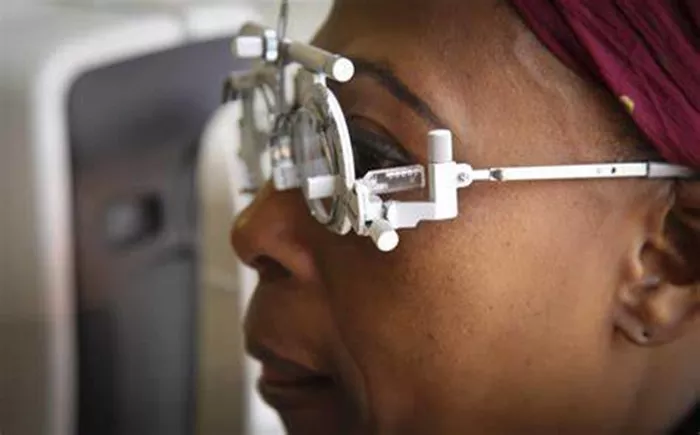A groundbreaking global initiative by the World Health Organization (WHO) to combat refractive errors, a leading cause of vision impairment, is set to be implemented in Assam. Known as SPECS 2030 (Strengthening Provision of Eye Care Services), this project is the first large-scale effort of its kind in South Asia and Southeast Asia.
Refractive errors, which affect over 2.2 billion people worldwide, are the primary focus of the program. Of those affected, at least 800 million individuals require corrective measures such as reading glasses, according to a joint statement issued by the WHO, the Assam government, and the Guwahati-based Sri Sankaradeva Nethralaya (SSDN) on Wednesday.
The initiative is a collaboration between the WHO, the National Health Mission, the Assam government, and SSDN. Its framework, termed the “Integrated People-Centred Eye Care” model, is based on SSDN’s existing community service approach. The project is envisioned to serve as a prototype for global WHO eye care initiatives.
A workshop is scheduled for November 21–22, bringing together senior WHO officials from Geneva and other locations, representatives from the governments of India and Assam, and experts in community and preventive ophthalmology. Key members of the Global SPECS network will also attend to formulate an action plan for the program’s successful rollout.
Initially, the project will focus on three districts in Assam—Kamrup, Morigaon, and Nagaon—with the aim of saturating refractive care services before scaling up the model.
Closing the Eye Care Gap
A WHO representative highlighted that only 36% of people with refractive errors currently have access to adequate spectacles, leaving a vast underserved population, particularly in low- and middle-income regions. This lack of access significantly diminishes quality of life and imposes a staggering economic cost, with vision-related productivity losses estimated at $411 billion annually.
SSDN has already developed a community-centric approach that includes grassroots-level screening, transportation to base hospitals, and covering treatment costs for patients. However, the limitations of outreach services—particularly in spectacle distribution and post-surgical care—have prompted a shift to a hospital-based community eye care model. A pilot project in Sonapur, 30 km from Guwahati, showcased this innovative approach, including the adoption of villages for comprehensive eye care coverage.
Through SPECS 2030, the WHO and SSDN aim to create a scalable, sustainable healthcare model that can be replicated across India and globally. This initiative seeks to improve health outcomes and enhance the quality of life for millions worldwide.
Related topic:
Mumbai Hospital Unveils AI Tool for Myopia Care
Jay Leno Suffers Another Injury, Performs Show Despite Eye Patch
FDA Approves Lumithera’s Vision-Saving Treatment


